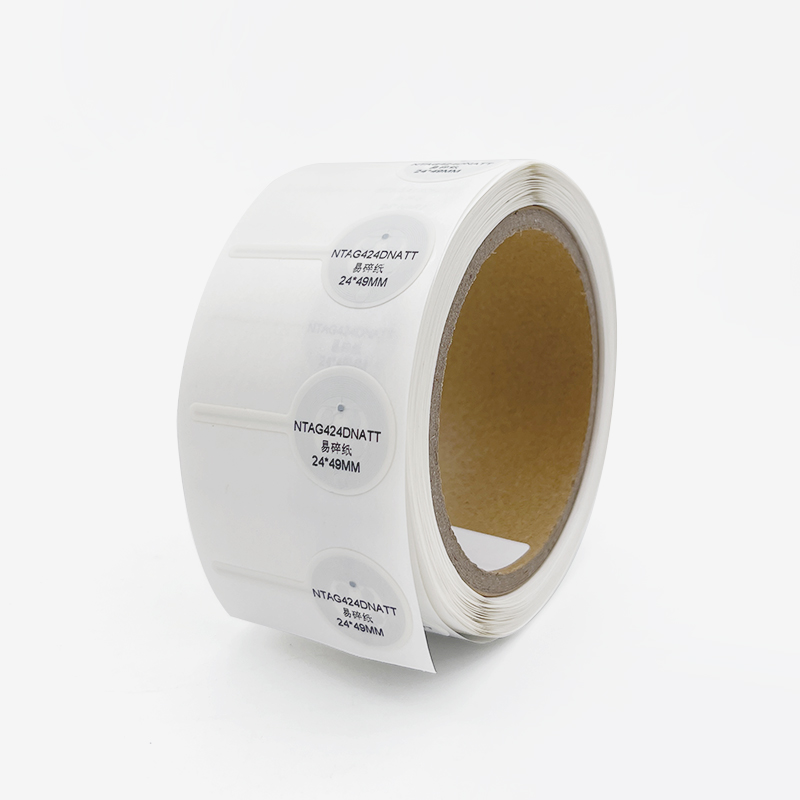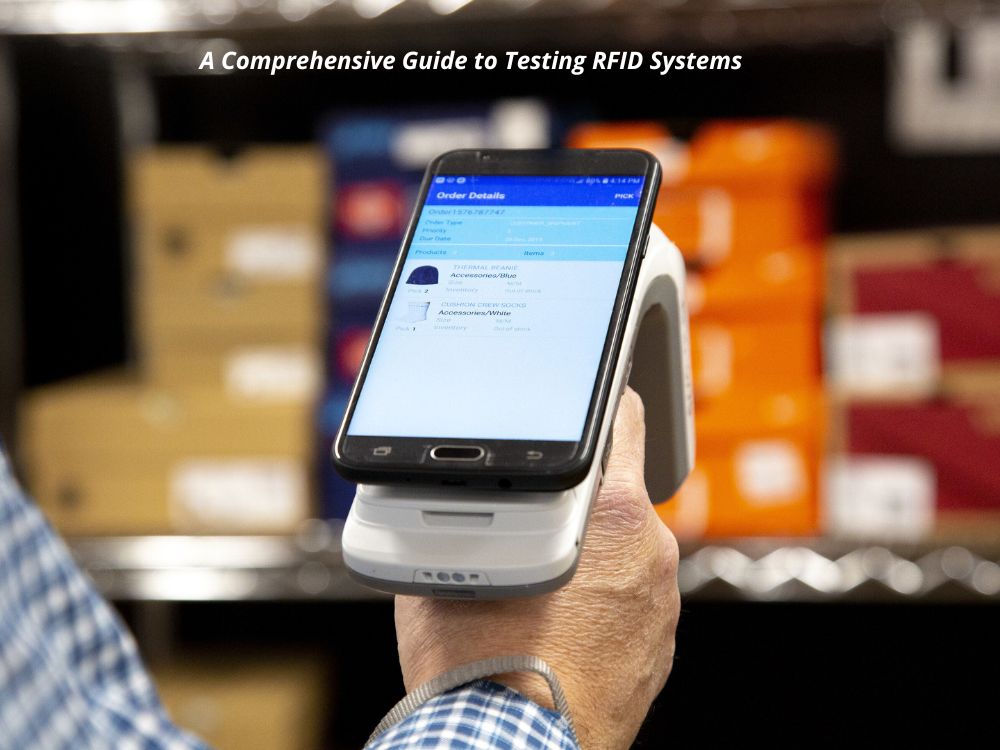
A Comprehensive Guide to Testing RFID Systems
Table of Contents
Summary
However, despite these improvements, every RFID implementation comes with unique challenges that necessitate thorough testing before full-scale deployment. The pilot phase serves as a critical step in ensuring that the RFID system is tailored to the specific needs of the organization, thereby maximizing its effectiveness and return on investment (ROI).

The Importance of Piloting RFID Systems
Why Pilots Are Essential
Pilots are not merely a test of whether RFID technology can capture data; they are a strategic tool for determining the most effective ways to implement RFID in a specific environment. By running a pilot, companies can identify the best use cases, uncover potential challenges, and establish a roadmap for full deployment. As Umesh Cooduvalli from Detego points out, pilots help customize the RFID solution to a company’s unique requirements, ensuring that the technology provides maximum benefit.
Key Benefits of RFID Piloting
Benefit | Description |
Identifying Use Cases | Helps determine which applications provide the most value |
Improving Stock Accuracy | Reduces inventory discrepancies and optimizes stock levels |
Creating RFID Champions | Empowers internal stakeholders to lead the RFID adoption process |
Early ROI Identification | Identifies areas where RFID can deliver immediate financial benefits |
Preparing for the Pilot: Initial Considerations
Allowing Sufficient Time for Testing
Detego recommends that a pilot phase should last between eight to twelve weeks. This timeframe allows retailers to assess the impact of RFID on stock accuracy and inventory management. During the pilot, companies can compare RFID data with their existing Enterprise Resource Planning (ERP) systems, helping to identify gaps in stock accuracy and other inefficiencies.
Establishing a Steering Committee
The first step in preparing for a pilot is to form a steering committee. This cross-functional team should include representatives from various departments, such as IT, operations, and supply chain management. The committee’s role is to collaborate with the RFID solution provider to ensure that all departmental needs are addressed during the pilot.
The Eight Steps to RFID Piloting Success
Step 1: Forming a Steering Committee
Establish a cross-functional team to guide the pilot and ensure that all aspects of the company’s operations are considered. This team will work closely with the RFID solution provider to align the technology with the company’s goals.
Step 2: Designating a Project Manager
Assign a project manager from the RFID solution provider to oversee the pilot. This person will coordinate milestones, provide technical support, and ensure that the pilot stays on track.
Step 3: Preparing the IT Infrastructure
Ensure that the IT infrastructure is ready to support the RFID system. This includes setting up product master files, configuring network access, and managing mobile devices. Proper IT preparation is essential for seamless data integration and system functionality.
Step 4: Focusing on Store Operations
Identify the pilot locations and designate store managers who will oversee day-to-day operations during the pilot. Training the staff involved in the pilot is crucial to ensure they understand the tagging process and how to use the RFID equipment.
Step 5: Implementing Warehouse Operations
Ensure that the warehouse staff is prepared to support the pilot by tagging goods and replenishing inventory at the pilot stores. This step establishes compliance with the RFID system and ensures that tagged items are correctly managed throughout the supply chain.
Step 6: Selecting RFID Tags and Hardware
Choose the appropriate RFID tags and hardware for the pilot. This step may involve sourcing tags from suppliers or tagging products in-house. The goal is to ensure that all products in the pilot are equipped with RFID tags.
Step 7: Preparing for Tagging
Assign a team to manage the tagging process, ensuring that enough handheld devices and tags are available. A well-prepared tagging process is essential for the success of the pilot, so plan for additional resources, such as extra batteries for handheld readers.
Step 8: Monitoring and Adjusting the System
Once the pilot is underway, regularly meet with the cross-functional team to assess progress and address any issues that arise. Continuous monitoring and adjustments are key to ensuring that the RFID system meets the company’s goals.
Achieving Success in RFID Pilots
Measuring Key Metrics
During the pilot, companies should focus on key performance indicators (KPIs) such as inventory accuracy, stock shortages, and out-of-stock events. Comparing these metrics with pre-pilot data will help determine the effectiveness of the RFID system.
Realizing Early Benefits
Successful pilots often lead to immediate benefits, such as improved sales and reduced inventory discrepancies. For example, Detego reports that RFID systems can achieve over 98% item-level inventory accuracy, leading to a sales uplift of 5% to 15% and an inventory reduction of nearly 10%.

Conclusion
The pilot phase is a crucial step in the successful deployment of RFID systems. By following a structured approach, companies can identify the most effective use cases, improve inventory management, and lay the groundwork for a full-scale rollout. With careful planning and execution, RFID pilots can lead to significant operational improvements and a strong return on investment.
Comments
Hot Products

RFID in Logistics: How to Eliminate RFID Misrouting and RFID Label Failures
RFID in logistics is more than just a tool to speed up processes. It has become a key part of how modern supply chains operate.

What Is RFID Waste Management
Imagine a city where every trash bin speaks — not literally — but through a tiny chip that tells the system when it’s full, when it’s emptied, and where it went. That’s what RFID waste management is doing today.

What are Bolt Seals and their Applications? | Complete Guide
In global trade and logistics, bolt seals play a crucial role in ensuring cargo security and compliance. These small but powerful devices are designed to lock shipping containers, trailers, and cargo doors with a tamper-evident mechanism.

What is an RFID Card Protector? Benefits, Use Cases, and Buying Guide
RFID technology (Radio Frequency Identification) is everywhere: in your credit cards, ID badges, transit passes, hotel room keys, and more. It offers speed and convenience, but it also opens the door to a new kind of digital theft called “skimming.” That’s where an RFID card protector comes in.

RFID Wristbands for Events: Bulk Buying Guide for Organizers
RFID wristbands for events are becoming the go-to solution for organizers who need faster entry, fraud prevention, and cashless payments at concerts, festivals, and sports venues. Unlike paper tickets or QR codes, these smart wristbands use embedded chips to streamline access, secure transactions, and improve the guest experience.

How RFID Tag on Windscreen Improves Vehicle Access Control and Toll Systems
In today’s fast-paced world, vehicle identification needs to be quick, secure, and contactless. An RFID Tag on the Windscreen provides exactly that — a reliable way to manage toll collection, parking, and gated access without stopping vehicles.
Tags
RELATED BLOGS

RFID in Logistics: How to Eliminate RFID Misrouting and RFID Label Failures
RFID in logistics is more than just a tool to speed up processes. It has become a key part of how modern supply chains operate.

What Is RFID Waste Management
Imagine a city where every trash bin speaks — not literally — but through a tiny chip that tells the system when it’s full, when it’s emptied, and where it went. That’s what RFID waste management is doing today.

What are Bolt Seals and their Applications? | Complete Guide
In global trade and logistics, bolt seals play a crucial role in ensuring cargo security and compliance. These small but powerful devices are designed to lock shipping containers, trailers, and cargo doors with a tamper-evident mechanism.




